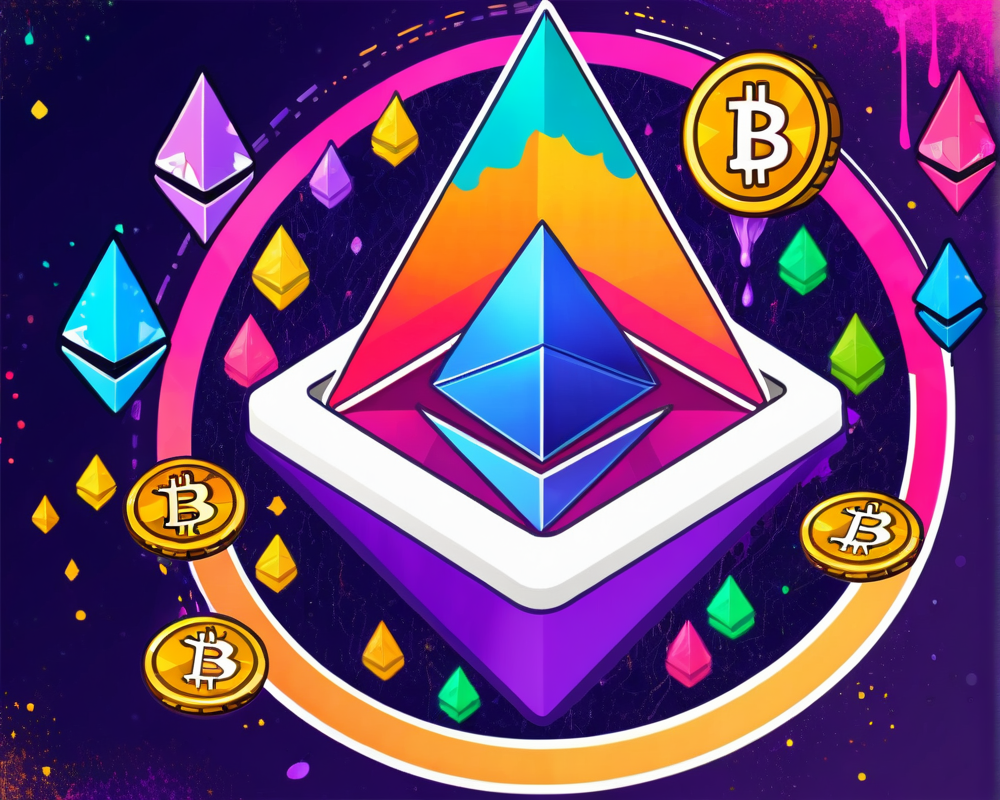Entering the GnosisDAO Era
The landscape of decentralized finance is being reshaped, and Gnosis is at the forefront with the unveiling of GnosisDAO. This move signals a new era where governance is not just a buzzword but a practical framework driven by community engagement.
What is GnosisDAO?
GnosisDAO is designed to decentralize the management of Gnosis, building a native governance structure that’s powered by its unique token economy. In simple terms, it’s like a self-driving car navigating the roads of blockchain, completely programmed by its community of passengers—or in this case, token holders.
The Mechanics Behind the Magic
This DAO isn’t just a shiny term thrown around in crypto chats; it operates through a set of well-defined rules that evolve through voting processes. Here’s how it works:
- Decentralized Governance: Token holders participate in decision-making.
- Investment Decisions: Resources like ETH (Ethereum) and GNO (Gnosis Tokens) are managed collectively.
- Checks and Balances: Measures are in place to maintain integrity within the system.
Starting Fund and Future Plans
To kick off its endeavors, GnosisDAO will launch its prediction markets with an initial fund of 1,000 ETH and 20,000 GNO, directly from the Gnosis treasury. The aspiration? To eventually control a whopping 150K ETH and 8 million GNO. You could say they’re playing the long game—like a chess grandmaster while other folks are still figuring out checkers.
Futarchy: The Philosophy Behind GnosisDAO
The GnosisDAO is inspired by the concept of “Futarchy,” introduced by Robin Hanson. This philosophy suggests a unique approach to governance: voters decide on values while market participants bet on which policies will best elevate those values. So, you vote for ideals but let the betting market dictate the reality. It’s like a focus group on steroids that’s cheaper than a college tuition.
The Road Ahead
By creating an automated governance system like GnosisDAO, the developers hope to significantly impact the decentralization of both technical and governance layers in the web3 space. If successful, it could serve as a blueprint for future DAOs. After all, democracy is great, but when you mix it with crypto, things get a whole lot more intriguing!



